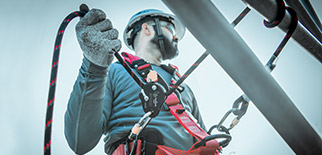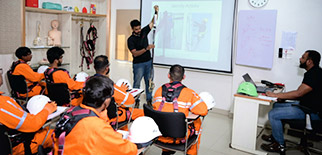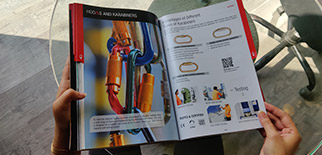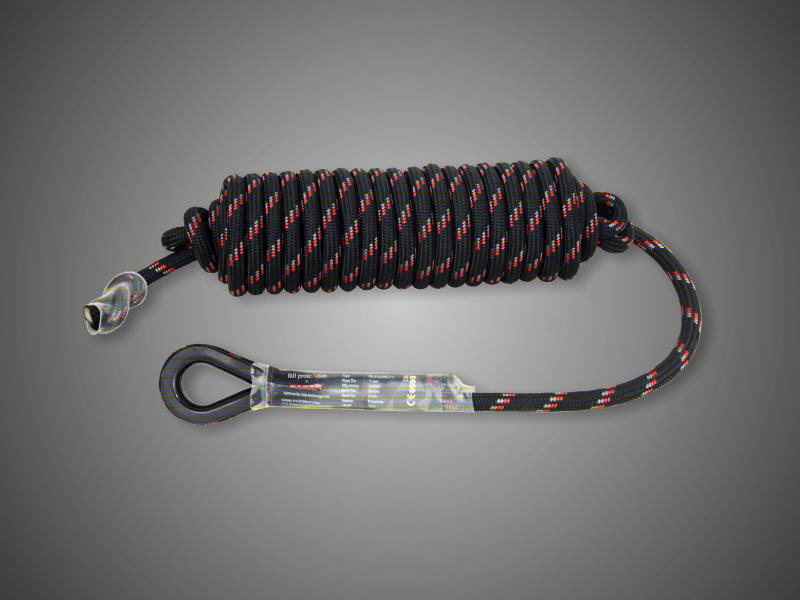
- 6924 views
Ropes are popularly known as lifelines in the Rope Access industry as they save a user’s life if a fall occurs during climbing or working at height. Rope Access work requires use of several knots for securing anchors or loads for hauling. However, making a knot on rope drastically reduces its strength at that point and may result in breakage.
Here’s why -
A knot requires the rope to be flexed, folded and twisted. This create
s changes in outer and inner circumference of the fold/ twist thus causing stress on rope fibers. When put under tension, this difference in stress across the rope’s diameter results in reduction of strength and can cause rope breakage if rope is loaded beyond its REDUCED breaking strength.
Reduction in strength -
The rope strength may reduce anywhere between 4% to 50% depending on the KIND of knot and the DRESSING of the rope. It is ideal to use rolling hitches to maintain the rope strength, but in certain Situation a rolling hitch may not be possible. Hence, it’s crucial that the person working with ropes is aware of the proper knot techniques, usage and its limitations.
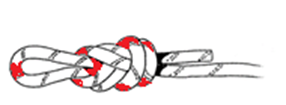
Fig: Uneven stress caused due to bends & twists at various points reduces the rope strength
Points to consider:
- It is important that all knots are dressed (made neat) and stretched (pulled tight) before use, to ensure they don’t loosen during operation.
- Do not compress or disfigure the knot.
- Do not walk or stand on the rope.
- Never drag the rope as abrasion can adversely impact sheath life.
- Never leave a rope under tension for extended period of time.
- Remove all knots as soon as rope work is completed.
- Avoid adding twists and kinks when bagging/coiling the ropes.
- Be sure to protect ropes from sharp edges by using a rope protector or padding up.
- Exposure to the sun’s ultraviolet radiation damages the rope so do not keep ropes lying around in sunlight.
- Clean the rope as needed by rinsing with clean fresh water and drying in shade to avoid UV exposure.
- Ensure that the tail end is a minimum of 100 mm
- Always tie stopper-knot at the end of the rope while keeping 1 meter as a safety measure to avoid slip-off while abseiling to the ground.
Conclusion:
If you’re a regular sailor, climber, or arborist, or just have a keen interest in knot-tying, be careful! Every knot that you tie will reduce your rope’s overall tensile strength.
For more information on the types of knots and different scenarios, contact KARAM Training and Consultancy at karam@karam.in


